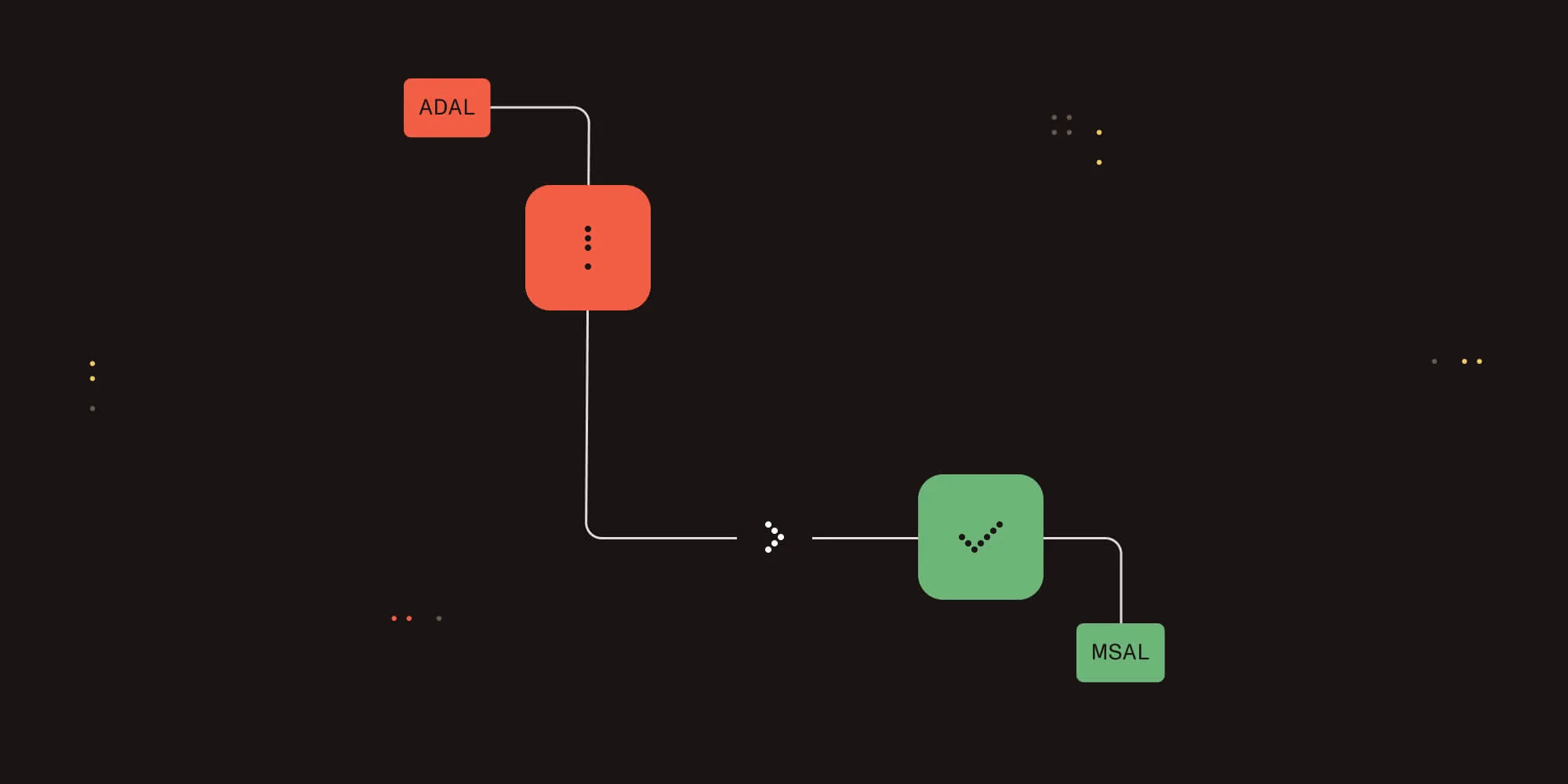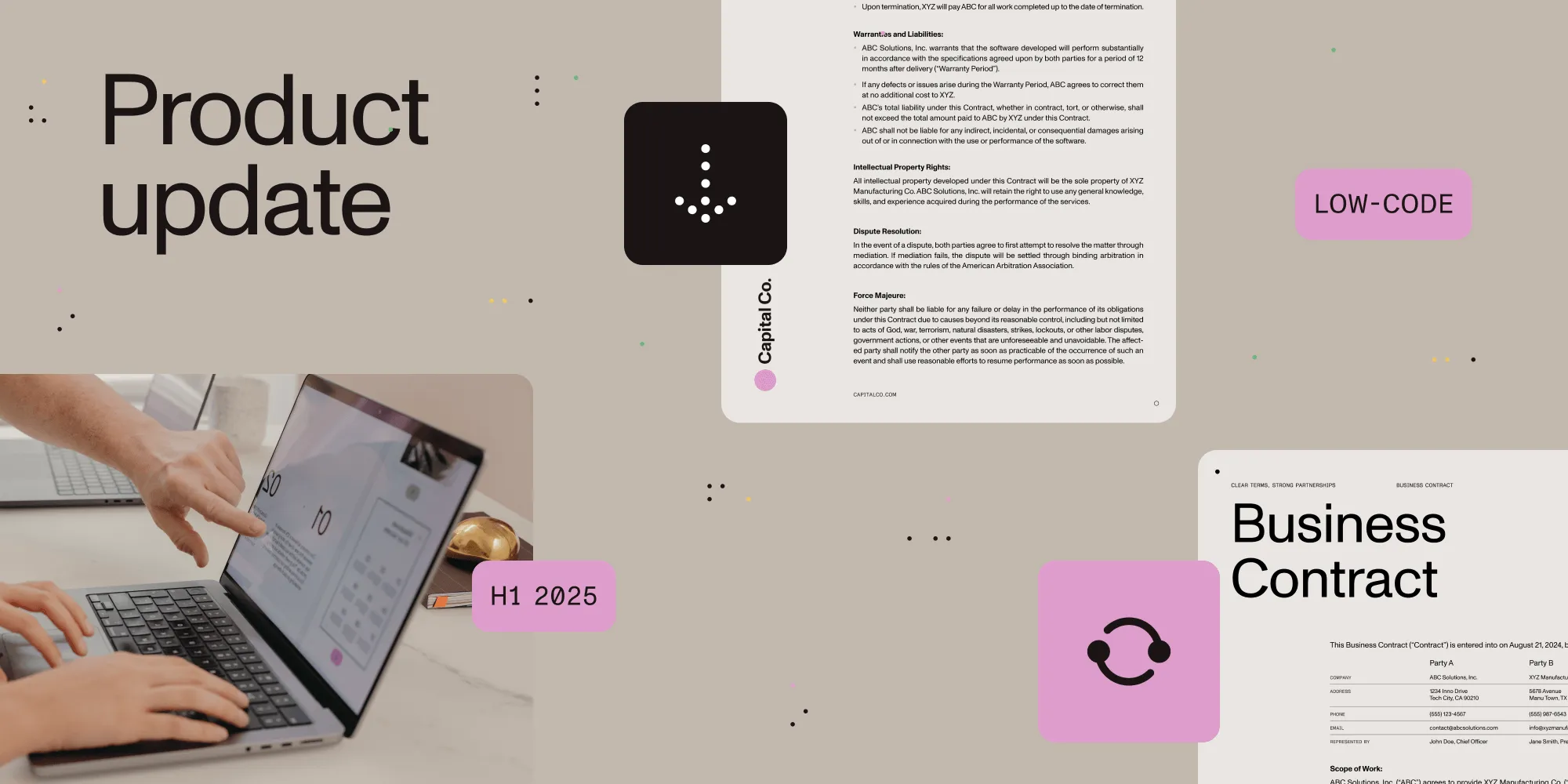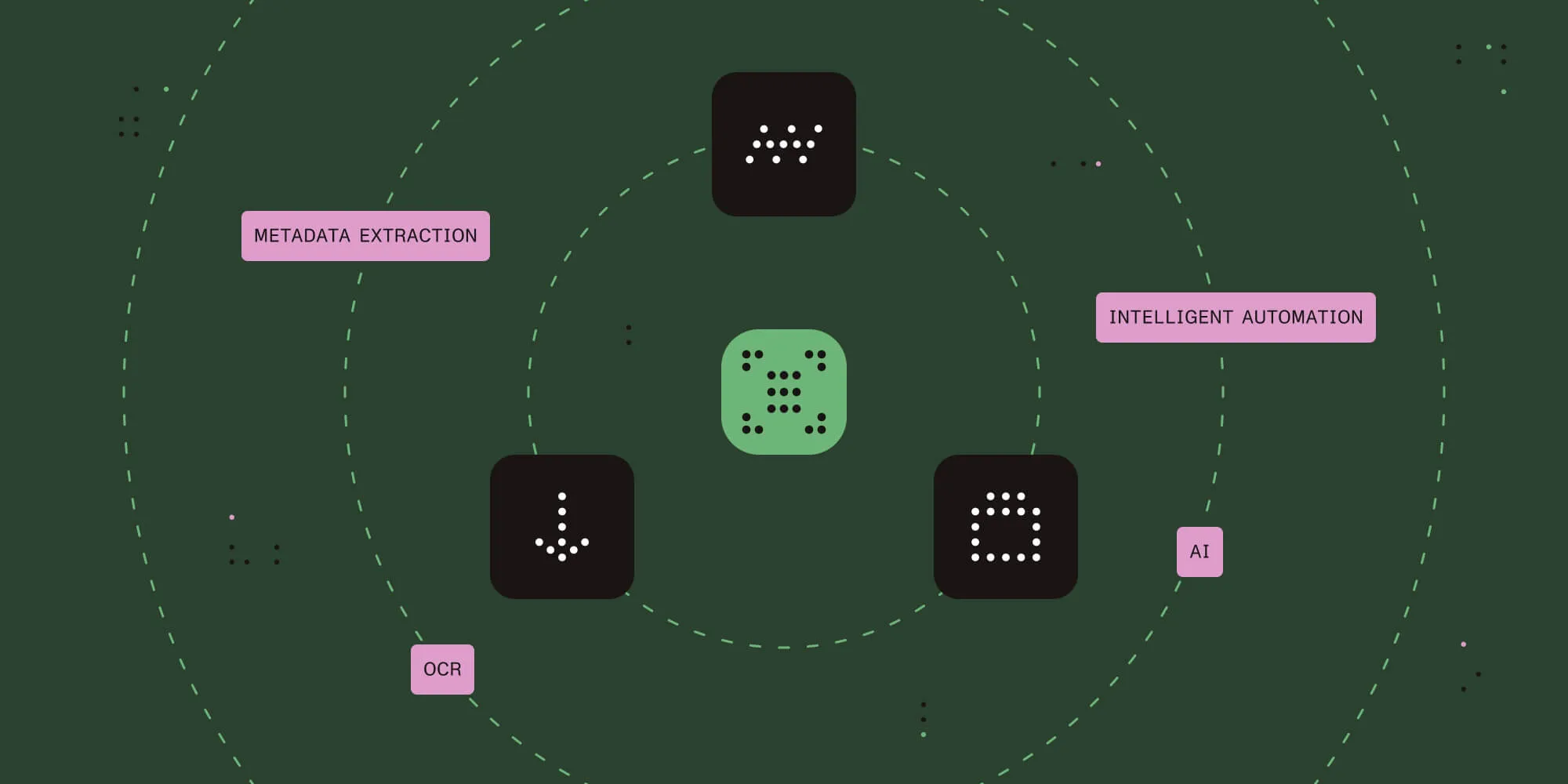How to scale document workflows in compliance with regulations
Table of contents
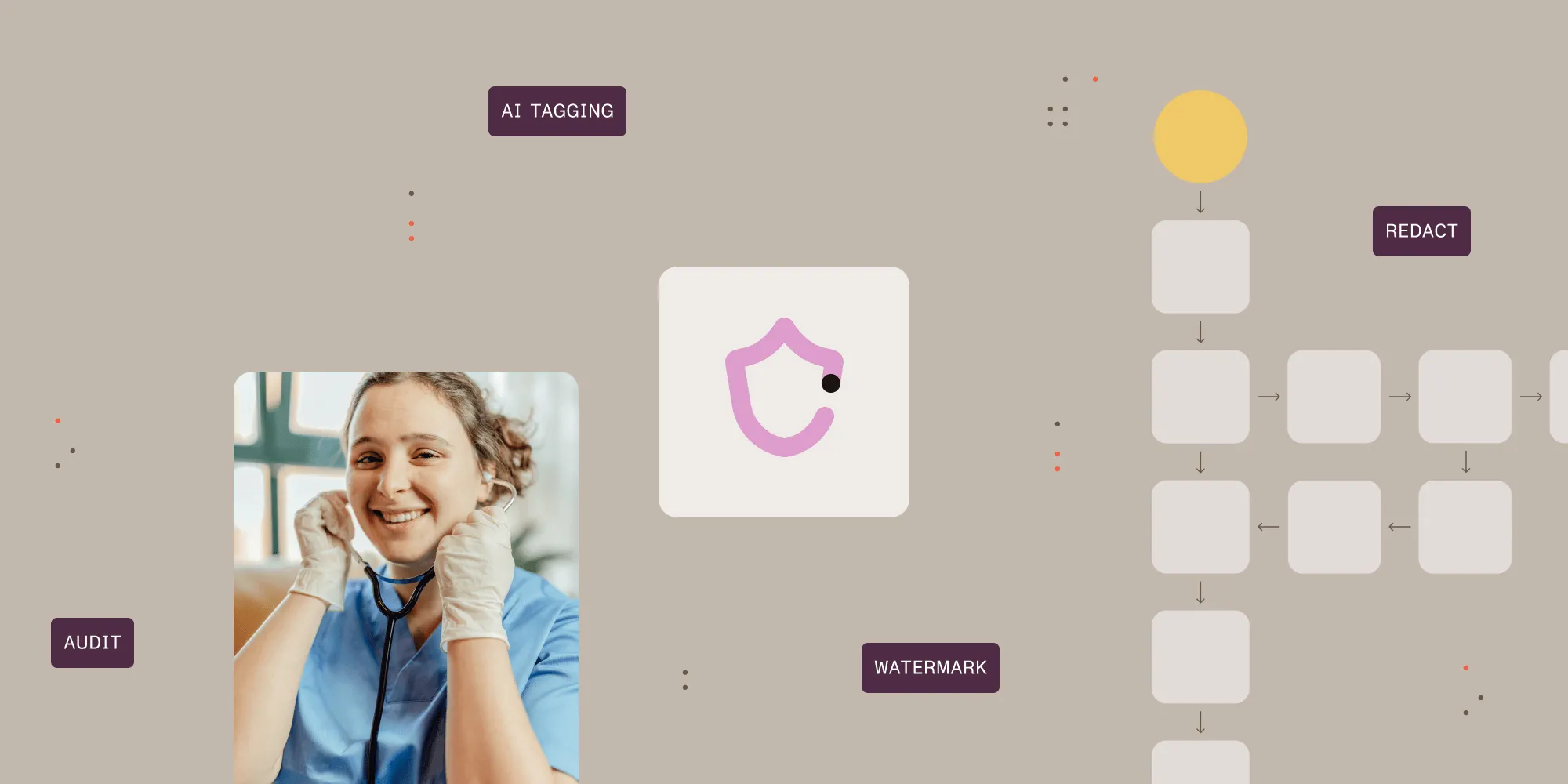
In regulated sectors such as finance, healthcare, legal services, and government, compliance with document-related regulations isn’t optional; it’s mission-critical. These organizations must adhere to strict standards around document retention, access control, security, and auditability. At the same time, they’re under growing pressure to scale operations and adopt modern digital workflows, creating an operational paradox: how to remain compliant while transforming the way they manage documents.
This ongoing tension gives rise to what we call the compliance conundrum, which is the challenge of staying aligned with ever-evolving regulatory frameworks while dealing with increasing volumes of documents scattered across formats and systems.
Understanding the compliance conundrum
At its core, this challenge is rooted in intersecting issues. Regulatory overload burdens organizations with the need to meet global mandates such as HIPAA, SOX, GDPR, and CCPA. Compliance becomes even more complicated for multinational businesses navigating contradictory rules between jurisdictions. On top of this, organizations manage a wide range of document types: PDFs, Word files, email records, scanned forms, and more, each requiring different strategies for classification, security, and retention.
Implementation gaps add another layer of complexity. Many teams operate without defined document policies or proper employee training. Legacy systems often lack crucial features like metadata tracking or version control, and documents are frequently stored in silos across departments. Regulatory updates may outpace a company’s ability to adapt, leading to non-compliance risks.
The consequences of falling short are significant: hefty fines, loss of contracts or certifications, and damage to organizational reputation. The stakes are too high to ignore.
Foundational principles: Security and privacy
Compliance requires clarity around two often conflated concepts: security and privacy. Security is about protecting documents from threats, maintaining their confidentiality, integrity, and availability. Privacy, on the other hand, governs lawful access to sensitive information. Ensuring both requires encryption, access control, redaction, and logging.
Document compliance in practice: Real-world examples
Consider a hospital managing patient records. It must comply with HIPAA, state-specific retention laws, and GDPR requirements. In such cases, converting documents to PDF/A, the ISO-standardized version of PDF designed specifically for long-term archiving, ensures records remain readable, self-contained, and compliant over time. PDF/A removes features that could impede preservation, such as encryption or external dependencies, making it an ideal format for healthcare organizations looking to maintain legal and regulatory integrity across decades.
Or take a financial institution: It must preserve key documents for SOX compliance, while also accommodating data access requests under GDPR. PDF/A provides a consistent format to store records in an audit-ready, immutable way, ensuring the integrity of financial statements is maintained.
A multinational enterprise, meanwhile, faces the challenge of aligning its document archiving practices across countries with vastly different privacy laws. Standardizing document storage in PDF/A across the organization helps enforce consistent retention policies, simplifies audits, and enhances accessibility, all while supporting long-term compliance.
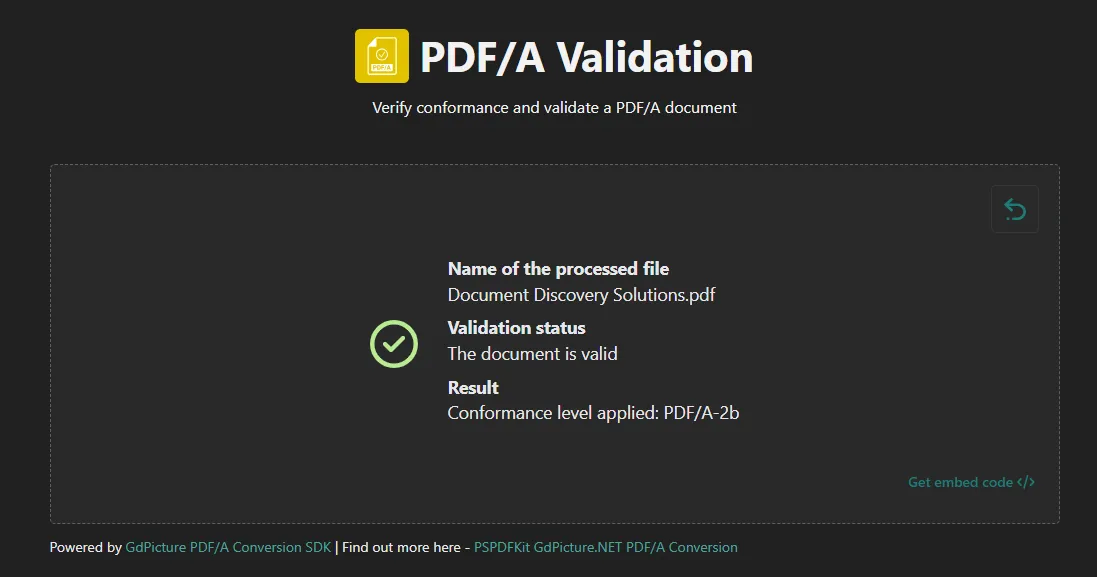
PDF/A validation is performed via AvePDF’s online tool(opens in a new tab).
Efficiency and compliance: A necessary balance
For document-heavy industries, the only viable path forward is modernization. Automating processes like document creation, metadata capture, approvals, and storage is no longer a luxury; it’s a necessity. Manual and paper-based workflows introduce human error and bottlenecks. Legacy document management systems, lacking granular access control or audit capabilities, increase exposure to compliance failures.
Modern organizations need solutions that not only offer version history and enforce lifecycle policies, but also embed OCR into their document intake processes and minimize human handling of personally identifiable information (PII). Integration with broader compliance tools helps ensure traceability, reduces audit risk, and enhances both security and operational efficiency.
Low-code simplicity: Empowering compliance without code
Low-code platforms offer drag-and-drop simplicity, allowing teams to build complex workflows without writing a single line of code. This ease of use means business users and non-developers can take control of process automation and compliance, accelerating time to value without needing to rely heavily on IT resources.
Whether designing rules for document access, defining retention policies, or configuring destruction protocols, low-code tools provide a visual interface anyone can use. They also integrate seamlessly with modern PDF tools, eSignature apps, and archival services, making them ideal for cross-functional collaboration.
Because these platforms support rapid deployment and easy updates, organizations can adapt quickly to changing regulations and region-specific data residency requirements. In this context, low-code isn’t just a developer tool; it’s a democratized, business-friendly solution that empowers teams and drives agile compliance management.
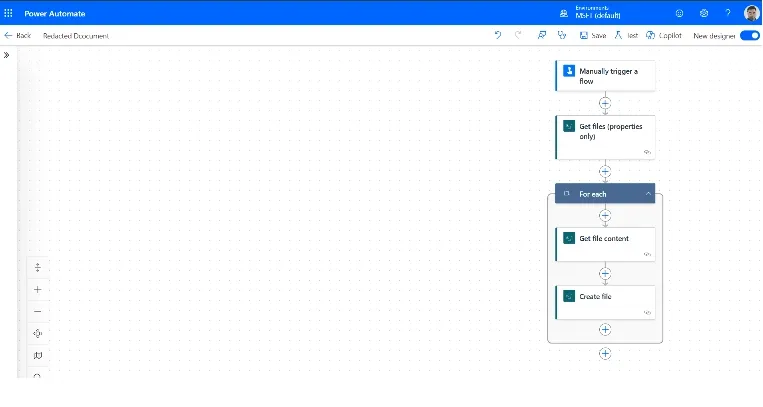
Enhancing document security with real-time watermarking
To overcome the compliance conundrum, organizations must embrace proactive technologies that embed trust, traceability, and scalability into every stage of document handling. A key starting point is real-time watermarking, which is a vital strategy for discouraging misuse of sensitive information. By applying dynamic, user-specific watermarks at the moment of viewing or downloading, organizations enhance visibility and accountability. This functionality, when built into low-code tools, becomes an invisible yet powerful part of everyday workflows, offering an efficient safeguard against unauthorized distribution.
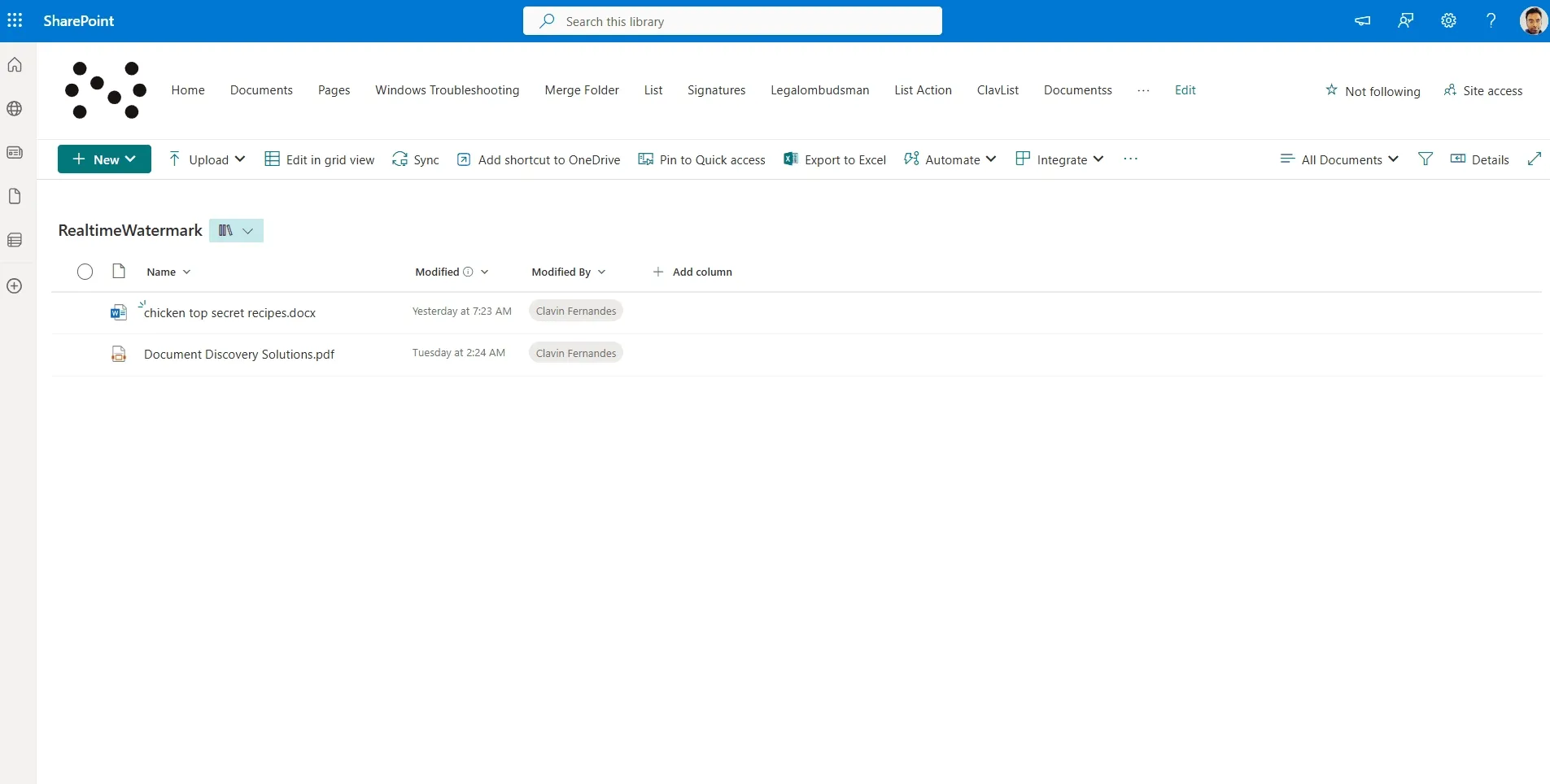
Scaling compliance through artificial intelligence
Artificial intelligence (AI) acts as a critical compliance accelerator. As the volume and complexity of document flows increase, manually tagging files, redacting sensitive information, or tracking access logs becomes infeasible. AI-powered systems step in to analyze content, apply classifications, redact PII, and log every document interaction, all automatically. These capabilities not only reduce human error, but also strengthen audit readiness and regulatory adherence in environments where time and scale are crucial.
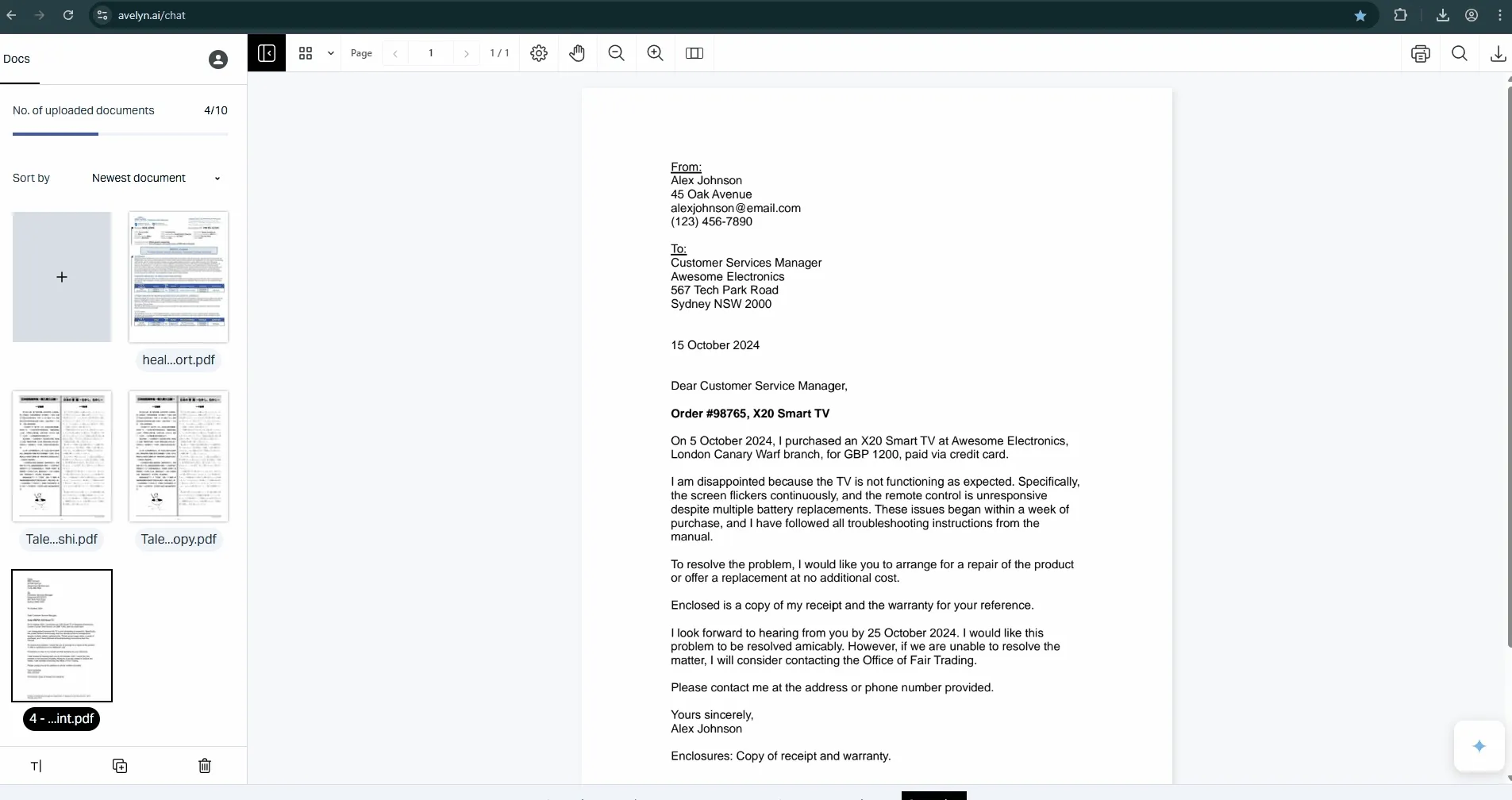
Accessibility: A compliance requirement often overlooked
Another critical pillar in solving the compliance conundrum is accessibility, not just as a feature, but as a legal and ethical requirement. Across major markets like the U.S., the EU, and Canada, regulations mandate that digital content meet WCAG 2.1 Level AA standards to ensure usability for individuals with disabilities. These standards span vision, hearing, motor, and cognitive considerations, ensuring content can be accessed by screen readers and other assistive technologies.
While the Americans with Disabilities Act (ADA) doesn’t define technical criteria, “PDF ADA compliance” typically implies conformance with the PDF/UA (Universal Accessibility) standard. This ensures PDF documents are not only machine-readable, but also accessible to assistive technologies, delivering an inclusive user experience.
Organizations committed to digital transformation must embed accessibility into the document lifecycle from the start and not as an afterthought. That means using technologies that support tagging, reading order, alt text, and other PDF/UA-specific features. This shift is about more than compliance: It boosts SEO, improves usability for all users, and minimizes the risk of litigation.
Embedding accessibility into your document workflows, especially for PDFs, supports legal obligations and broadens reach. Technologies that offer automatic tagging and remediation tools make it easier for teams to meet these standards efficiently and consistently. Accessibility isn’t a side feature; it’s a compliance foundation.
The path forward
Compliance doesn’t have to come at the cost of efficiency. Today’s organizations can and must pursue both. By combining document automation, AI-driven compliance tools, accessibility-conscious design, and the agility of low-code platforms, regulated industries can transform how they manage documents while minimizing risk.
To lead the way:
- Automate the entire document lifecycle.
- Build security and privacy into every interaction.
- Use AI for tagging, redaction, and logging.
- Make accessibility a standard, not an afterthought.
By adopting this proactive, integrated approach, organizations will not only stay ahead of regulations, but they’ll become more resilient, scalable, and inclusive in the process. If you’re looking to transform compliance into a competitive advantage, Nutrient helps regulated industries modernize document workflows without compromising on security, privacy, or accessibility. If you have any questions, feel free to reach out.





